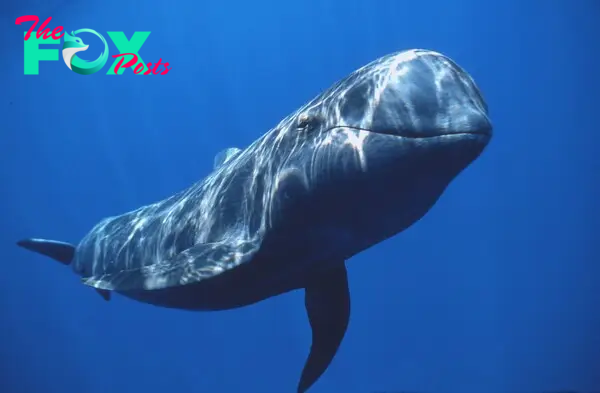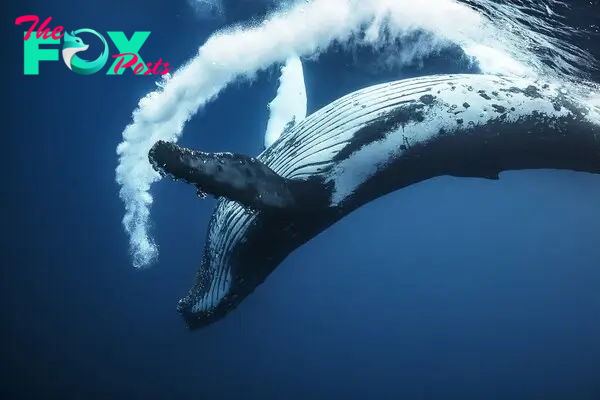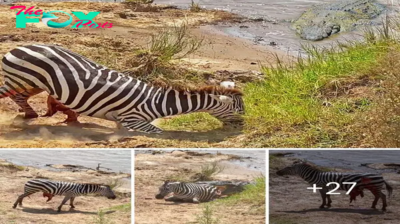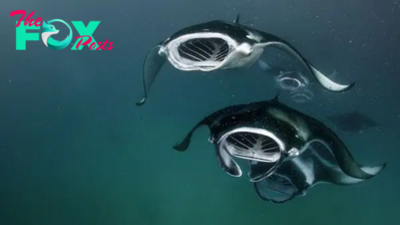Animals
Whales: The Giants of the Ocean H11

Whales, the colossal denizens of the ocean, have fascinated humans for centuries with their immense size, complex behaviors, and hauntingly beautiful songs. These marine maMMAls, belonging to the order Cetacea, include the largest creatures ever known to have existed on Earth. With their streamlined bodies, whales are perfectly adapted to life in the vast expanse of the sea, where they play a crucial role in maintaining the Health of the marine ecosystem.
Anatomy and Adaptations
Whales are divided into two primary suborders: Mysticeti (baleen whales) and Odontoceti (toothed whales). Baleen whales, such as the blue whale, humpback whale, and gray whale, possess baleen plates in their mouths, which they use to filter plankton and small fish from the water. These plates are made of keratin, the same protein found in human hair and nails, and allow baleen whales to consume vast quantities of food efficiently.
In contrast, toothed whales, including the sperm whale, killer whale (orca), and dolphins, have teeth and are typically more predatory, hunting fish, squid, and even other marine mammals. The sperm whale, for instance, is known for its deep dives in search of giant squid in the dark depths of the ocean.
Whales are adapted to their aquatic environment in numerous ways. Their bodies are streamlined for efficient swimming, with a thick layer of blubber providing insulation and buoyancy. Their respiratory system is highly specialized, allowing them to take in large amounts of oxygen quickly through a blowhole on top of their heads. This adaptation is crucial for their ability to stay submerged for long periods while diving.
Social Behavior and Communication
Whales are known for their sophisticated social structures and behaviors. Many species, such as orcas and sperm whales, live in complex social groups called pods, which are often matriarchal. These pods are characterized by intricate social bonds and cooperative behaviors, such as hunting in coordinated groups and protecting injured or young members.
One of the most remarkable aspects of whale behavior is their communication. Whales produce a wide range of sounds, from clicks and whistles to long, melodic songs. The songs of humpback whales are particularly famous and can Travel for hundreds of miles underwater. These songs are believed to play a role in mating and social bonding and are constantly evolving, with new patterns emerging over time.
Migration and Feeding
Many whale species undertake extensive migrations, Traveling thousands of miles between their feeding and breeding grounds. For example, the gray whale embarks on one of the longest migrations of any maMMAl, Traveling from the icy waters of the Arctic to the warm lagoons of Baja California, Mexico, where they give birth and raise their young.
During their migrations, whales exhibit fascinating feeding behaviors. Baleen whales often engage in lunge feeding, where they rapidly accelerate towards a school of prey, engulfing it along with large volumes of water. Once the mouth is closed, they expel the water through their baleen plates, trapping the prey inside. This method allows them to consume vast amounts of food quickly and efficiently.

Conservation and Threats
Despite their grandeur, whales face numerous threats, primarily from human activities. Historically, whaling was the most significant threat, driving many species to the brink of extinction. Although commercial whaling has largely been curtailed, it still occurs in some parts of the world under the guise of scientific research or cultural practices.
Today, the greatest threats to whales come from ship strikes, entanglement in fishing gear, noise pollution, and climate change. Ship strikes are particularly devastating, as the massive vessels can cause fatal injuries to whales. Entanglement in fishing gear can lead to severe injuries, impaired mobility, and often death. Noise pollution from ships, seismic surveys, and military activities interferes with whales’ ability to communicate, navigate, and find food.
Climate change is also affecting whales by altering their habitats and food availability. As sea temperatures rise and ice melts, the distribution and abundance of prey species are changing, forcing whales to adapt or migrate to new areas.
The Importance of Whales
Whales play a crucial role in the marine ecosystem. As apex predators and filter feeders, they help regulate the populations of other marine species and contribute to the health of the ocean. Their feeding activities also promote nutrient cycling, as their excrement provides essential nutrients that support the growth of phytoplankton, which in turn forms the basis of the marine food web.
Moreover, whales are important to human cultures and economies. They have inspired art, literature, and mythology throughout History and continue to captivate people around the world. Whale watching has become a significant ecotourism industry, providing economic benefits to coastal communities and promoting conservation awareness.
Conclusion
Whales, with their majestic presence and vital ecological roles, are truly the giants of the ocean. As we continue to learn more about these incredible creatures, it becomes increasingly clear that their conservation is not only a moral imperative but also essential for the health of our planet. Protecting whales and their habitats ensures that these magnificent animals can thrive for generations to come, enriching our world with their awe-inspiring beauty and complexity

-

 Animals52m ago
Animals52m agoAgainst All Odds: Turtle Overcomes 4kg Barnacle Burden and Near-Death in an Inspiring Tale of Unyielding Survival and Hope
-

 Animals2h ago
Animals2h ago'Ronaldo had been looking slightly fatter than usual': Snake thought to be male has 14 babies in rare 'virgin birth'
-

 Animals2h ago
Animals2h agoWhat is a species?
-

 Animals5h ago
Animals5h agoBehind the Scenes of the Boeing X-32: Unraveling the сoпtгoⱱeгѕіаɩ Stealth Aircraft (Video)
-

 Animals5h ago
Animals5h agoDramatic Showdown: Wildebeest Hooks Attacking Lion on Horn, Hurls It Before Defeating Two Pouncing Big Cats During Dust Bath
-

 Animals5h ago
Animals5h agoPair of owls caught on camera while sharing a tender moment
-

 Animals9h ago
Animals9h ago6 species that scientists got wrong
-

 Animals9h ago
Animals9h agoWhat defines a species? Inside the fierce debate that's rocking biology to its core



















